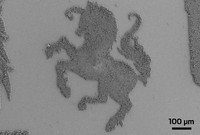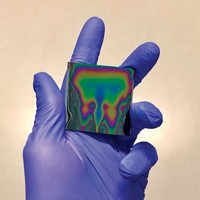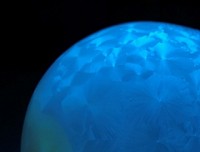Advertisement
Grab your lab coat. Let's get started
Welcome!
Welcome!
Create an account below to get 6 C&EN articles per month, receive newsletters and more - all free.
It seems this is your first time logging in online. Please enter the following information to continue.
As an ACS member you automatically get access to this site. All we need is few more details to create your reading experience.
Not you? Sign in with a different account.
Not you? Sign in with a different account.
ERROR 1
ERROR 1
ERROR 2
ERROR 2
ERROR 2
ERROR 2
ERROR 2
Password and Confirm password must match.
If you have an ACS member number, please enter it here so we can link this account to your membership. (optional)
ERROR 2
ACS values your privacy. By submitting your information, you are gaining access to C&EN and subscribing to our weekly newsletter. We use the information you provide to make your reading experience better, and we will never sell your data to third party members.
Electronic Materials
Chemistry In Pictures
Chemistry in Pictures: Blooming brilliant
by Alexandra A. Taylor
August 11, 2020

Researchers deposited a thin-film organic semiconductor onto a piece of flower-shaped quartz, shown under ambient light (left) and 366 nm UV illumination. During his PhD work at the Max Planck Institute of Colloids and Interfaces, Paolo Giusto developed a technique for using chemical vapor deposition to coat substrates such as this flower, which is about 1.7 cm in diameter, with polymeric carbon nitride. Giusto, who is now a postdoc at the institute, says his technique sidesteps the need for a flat substrate, a common requirement for thin film deposition. The resulting material is transparent, with a refractive index approaching that of the most brilliant material of all: diamond. As a result, this technique could have applications in photocatalysis, optics, and optoelectronics.
Submitted by Paolo Giusto
Read the paper at Adv. Mater. 2020, DOI: 10.1002/adma.201908140.
Do science. Take pictures. Win money. Enter our photo contest here.





Join the conversation
Contact the reporter
Submit a Letter to the Editor for publication
Engage with us on Twitter